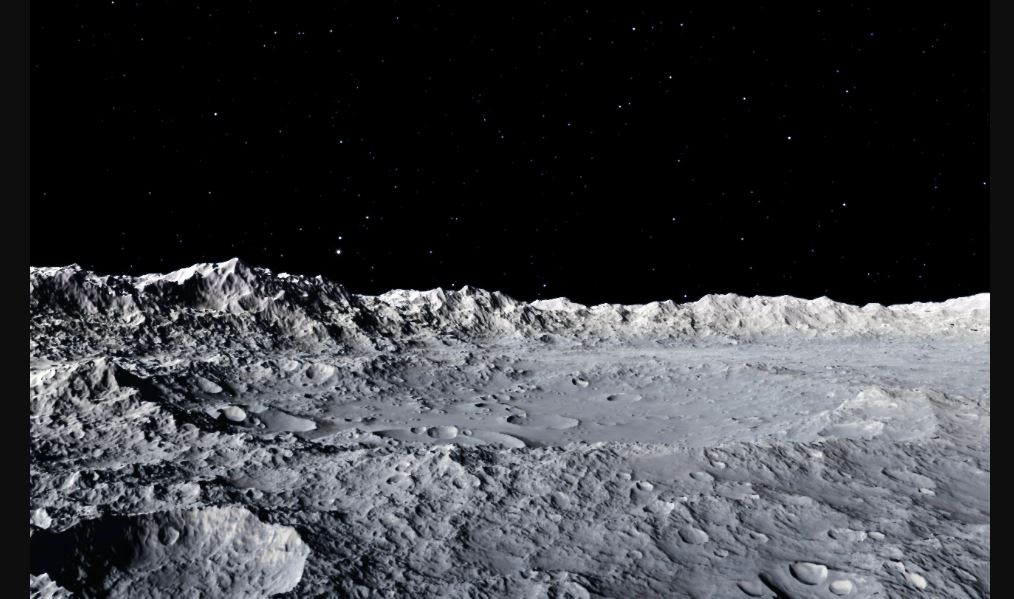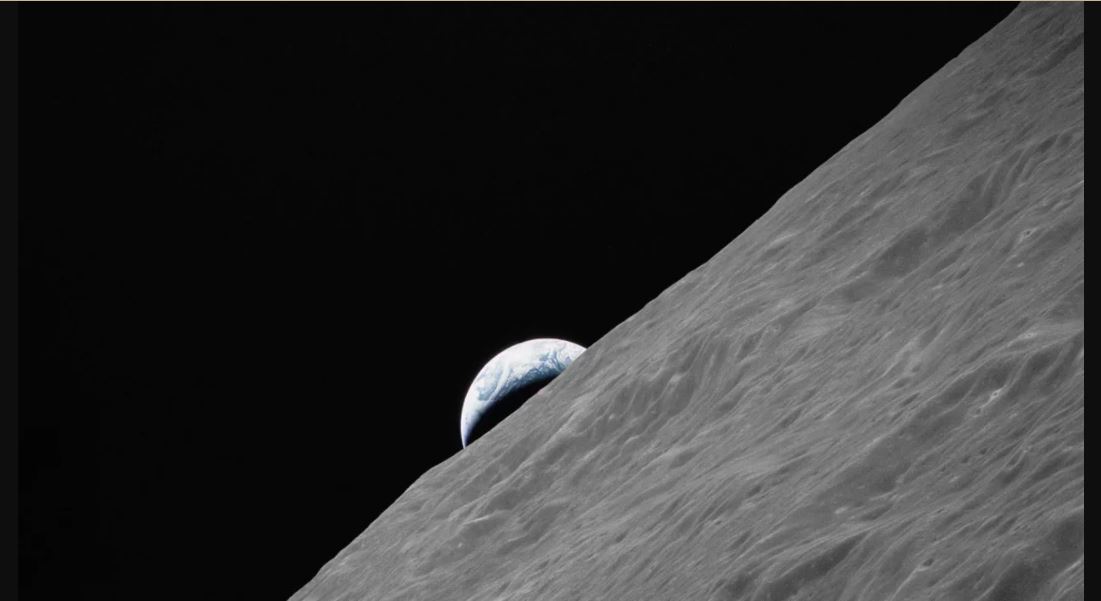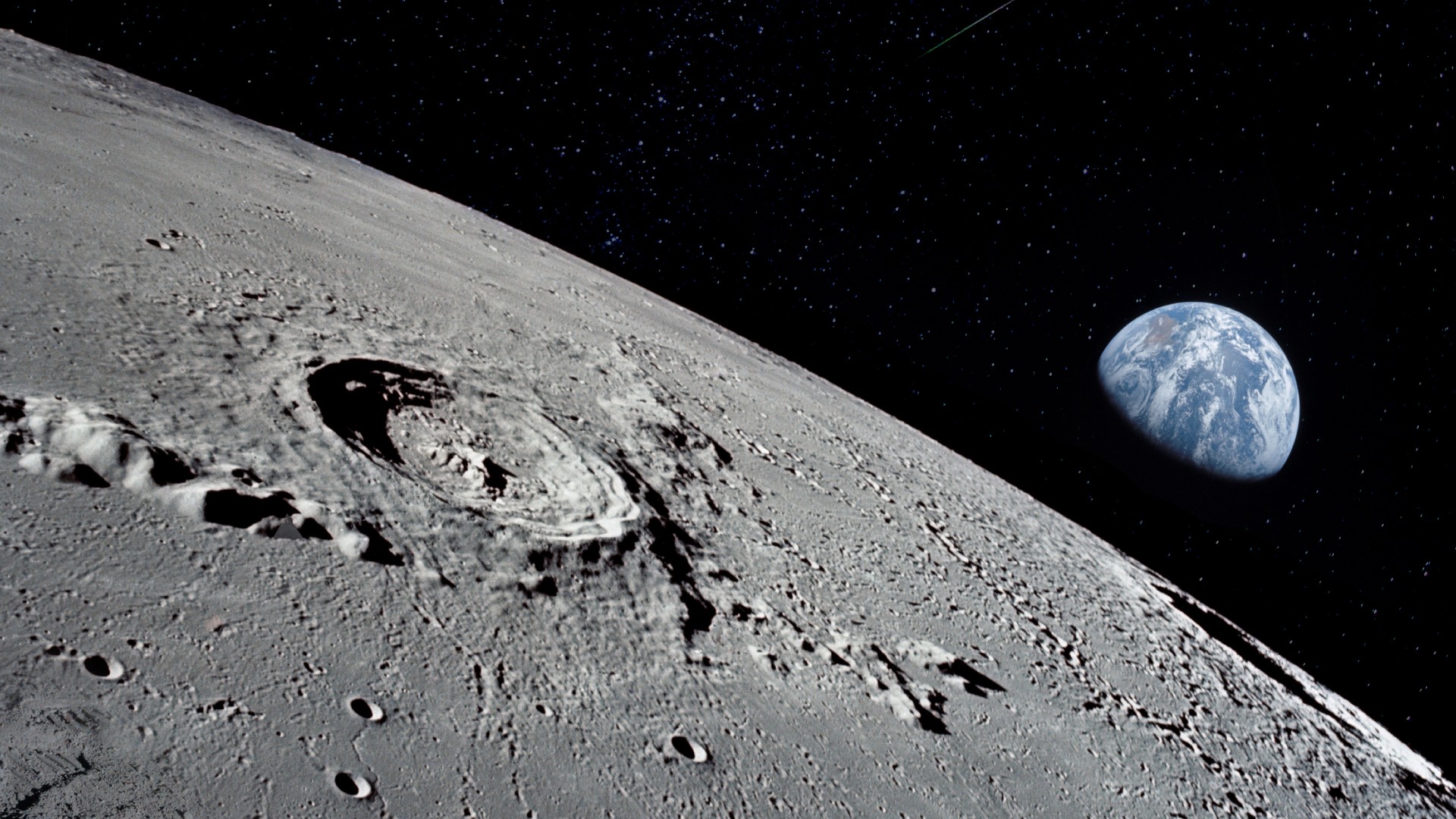Abandoned Apollo 17 Lander Spacecraft Is Causing Moonquakes On The Moon
A recent study has suggested that the abandoned Apollo 17 lander spacecraft is causing Moonquakes on the Moon. Researchers who used cutting-edge algorithms to analyze data from the Apollo era made this groundbreaking discovery.
Author:Camilo WoodReviewer:Dexter CookeSep 19, 20231.1K Shares102.2K Views

A recent study has suggested that the abandoned Apollo 17 lander spacecraft is causing Moonquakes on the Moon. This discovery, the first of its kind, was made by researchers who analyzed Apollo-era data using modern algorithms.
The report proposes that the significant temperature fluctuations on the moon can lead to the expansion and contraction of human-made structures, resulting in these vibrations. The lunar environment experiences extreme temperature swings, ranging from a bone-chilling minus 208 degrees Fahrenheit (minus 133 degrees Celsius) in the dark to a scorching 250 degrees Fahrenheit (121 degrees Celsius) in direct sunlight, as described in a news release about the study.
Intriguingly, the study, published on September 5 in the Journal of Geophysical Research:Planets, highlights that the entire moon's surface undergoes expansion and contraction due to these temperature variations. Utilizing artificial intelligence, scientists delved deep into the Apollo-era data to identify subtle tremors originating from an Apollo 17 lunar lander module positioned just a few hundred yards away from instruments that recorded the moonquakes. The research, led by Francesco Civilini, a former postdoctoral researcher at the California Institute of Technology and a research space scientist at NASA Goddard Space Flight Center, was funded by NASA.
This analysis provides fresh perspectives on the moon's reactions to its environment and the factors that can influence its seismic behavior. It's worth noting that these tremors were not hazardous and would probably go unnoticed by humans standing on the moon's surface.
The comprehension of moonquakes holds significant importance for future exploration endeavors. Experts suggest that this knowledge could prove vital if NASA and its collaborators intend to establish a lasting base on the moon's surface, aligning with the objectives of Artemis, the agency's lunar exploration initiative.
Dr. Angela Marusiak, an assistant research professor at the University of Arizona's Lunar and Planetary Laboratory, emphasized the valuable insights that this data analysis can provide in addressing critical questions. She highlighted queries such as, "How strong do we need to build our structures, and what other hazards do we need to mitigate for?" Although not directly involved in the study, Marusiak, an expert in lunar seismology, did collaborate with the authors and shared their interest in these essential inquiries.
Moonquakes Mining
Marusiak pointed out that all Apollo missions were equipped with instruments for monitoring moonquakes. However, the Apollo 17 mission, launched in 1972, stands out due to its significance in leaving a network of seismometers behind. These specialized instruments were designed to detect thermal moonquakes, which are the vibrations caused by the extreme temperature fluctuations experienced on the lunar surface.
"Thousands of these signals were recorded during an 8-month span from 1976 to 1977 on four seismometers deployed during the Apollo 17 Lunar Seismic Profiling Experiment, but the poor quality of data makes analysis difficult," the researchers wrote. "We developed algorithms to accurately determine the arrival timing of the waves, measure the strength of the seismic signal, and find the direction of the moonquake source."
After decades, scientists revisited the data, conducting a new analysis that led to a groundbreaking conclusion. The research team determined that a specific category of moonquake, known as an impulsive thermal moonquake, did not originate from natural causes but instead resulted from the nearby spacecraft's heating and cooling processes.
"Every lunar morning when the sun hits the lander, it starts popping off," said study coauthor Allen Husker, a research professor of geophysics at Caltech, in a statement. "Every five to six minutes (there was) another one, over a period of five to seven Earth hours. They were incredibly regular and repeating."
These tremors were distinct from another category of moonquakes known as emergent thermal moonquakes, which are believed to be induced by the natural response of the lunar surface to sunlight exposure, as indicated by the study.
Other Seismic Activity
The researchers expressed optimism that forthcoming lunar missions will provide a more comprehensive understanding of these phenomena. In addition to thermal quakes, the moon has exhibited both deep and shallow tremors, as well as activity thought to result from meteorite impacts.
It's important to emphasize a fundamental distinction between the moon and Earth: the absence of shifting tectonic plates on the lunar surface, which eliminates the possibility of catastrophic events caused by plate movements. However, similar to Earth, the moon has an active interior, and certain types of seismic events can occur at any time or location on its surface, noted Marusiak.
Marusiak showed particular interest in India's lunar lander mission, Chandrayaan-3, which was equipped with a seismometer. The Indian Space Research Organization has already confirmed that the instrument detected a moonquake. However, extensive data on the recording and a proposed cause for the event have not yet been released by ISRO researchers.
The instrument on Chandrayaan-3, which documented activity near the lunar south pole in its debut, was deactivated in early September. Researchers plan to reactivate the spacecraft on September 22, coinciding with the moment when the Chandrayaan landing site returns to sunlight. This reawakening aims to facilitate additional data collection.
“„I'm hoping that with the Artemis program, seismometers will continue to be included because they are really vital for understanding what goes on, not just at the very surface, but even deeper down into the regolith (soil), Marusiak said.- Dr. Angela Marusiak
Scientists are optimistic that applying modern technology to scrutinize Apollo-era data could uncover intriguing new findings.
"It's important to know as much as we can from the existing data so we can design experiments and missions to answer the right questions," Husker said. "The Moon is the only planetary body other than the Earth to have had more than one seismometer on it at a time. It gives us the only opportunity to thoroughly study another body."

Camilo Wood
Author
Camilo Wood has over two decades of experience as a writer and journalist, specializing in finance and economics. With a degree in Economics and a background in financial research and analysis, Camilo brings a wealth of knowledge and expertise to his writing.
Throughout his career, Camilo has contributed to numerous publications, covering a wide range of topics such as global economic trends, investment strategies, and market analysis. His articles are recognized for their insightful analysis and clear explanations, making complex financial concepts accessible to readers.
Camilo's experience includes working in roles related to financial reporting, analysis, and commentary, allowing him to provide readers with accurate and trustworthy information. His dedication to journalistic integrity and commitment to delivering high-quality content make him a trusted voice in the fields of finance and journalism.

Dexter Cooke
Reviewer
Dexter Cooke is an economist, marketing strategist, and orthopedic surgeon with over 20 years of experience crafting compelling narratives that resonate worldwide.
He holds a Journalism degree from Columbia University, an Economics background from Yale University, and a medical degree with a postdoctoral fellowship in orthopedic medicine from the Medical University of South Carolina.
Dexter’s insights into media, economics, and marketing shine through his prolific contributions to respected publications and advisory roles for influential organizations.
As an orthopedic surgeon specializing in minimally invasive knee replacement surgery and laparoscopic procedures, Dexter prioritizes patient care above all.
Outside his professional pursuits, Dexter enjoys collecting vintage watches, studying ancient civilizations, learning about astronomy, and participating in charity runs.
Latest Articles
Popular Articles

